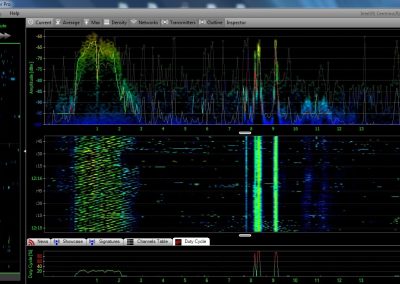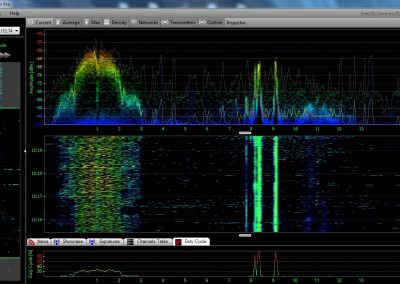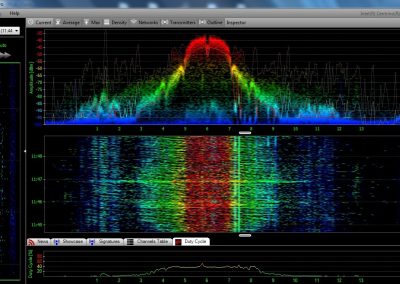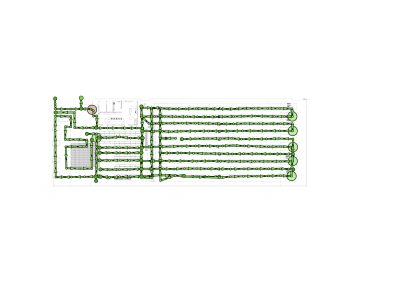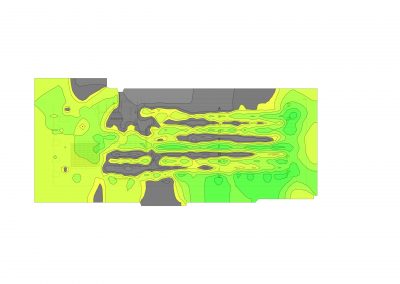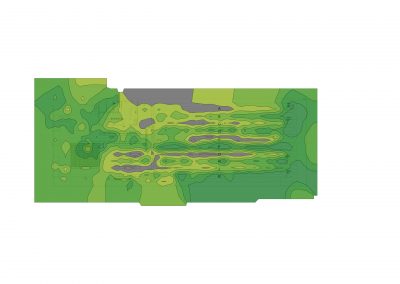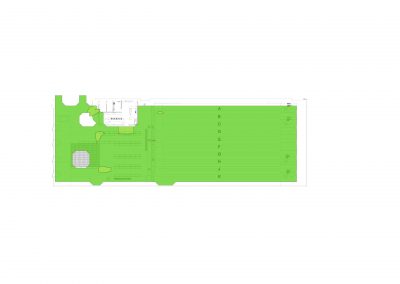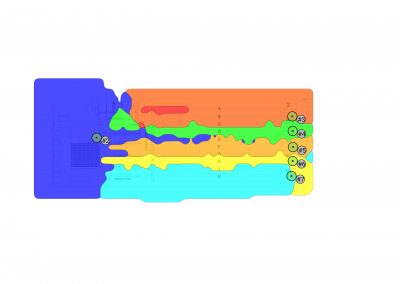Wireless
Fully skilled in the installation, commissioning and support of Wireless Data Networks (WLAN)
Wireless data communications allows wireless networking between desktop computers, laptops, tablet computers, cell phones and other related devices. The various available technologies differ in coverage range and performance, and in some circumstances users employ multiple connection types. Switching between them using connection manager software or a mobile VPN to handle the multiple connections as a secure, single virtual network.
Some of these technologies include:
- Wi-Fi is a wireless local area network that enables portable computing devices to connect easily with other devices, peripheries, and the Internet. Wi-Fi has become the standard for access in business, private homes, offices, and public hotspots. Some businesses offer it free to customers in an effort to increase the sales of their goods.
- Low-power wide-area networks (LPWAN) bridge the gap between Wi-Fi and Cellular for low bitrate Internet of things (IoT) applications.
- Mobile-satellite communications may be used where other wireless connections are unavailable, such as in largely rural areas or remote locations. Satellite communications are especially important for transportation, aviation, maritime and military use.
The Wireless Advantage
Wireless data communications are used to span a distance beyond the capabilities of typical cabling in point-to-point communication and point-to-multipoint communication, to link portable or temporary workstations, to overcome situations where normal cabling is difficult. Wireless Ethernet, or Radio Frequency (RF) networking, removes the need for installing physical cabling to each computer. This allows the computers to be completely mobile while retaining network connections.
Wireless Surveys
Our CISCO trained engineers are fully equipped and resourced to conduct site surveys for new and enhancing existing wireless data networks (WLAN).
Purpose of a Survey
Communication range of the Access Point’s is limited, typically to a few tens of metres. In order to provide coverage to the entire area requiring wireless, several Access Point’s may be required. The survey assesses where best to locate the Access Point’s, to guarantee maximum performance and cost effectiveness. Than factor the survey will take into consideration is the attenuation (i.e. signal fall-off). The signal can be reflected by metal, and greatly absorbed by organic materials. Therefore the materials contained within the survey area (or those that will be) are discussed in detail.
Survey Pre-requisites
Ideally the survey area should be in a state of its highest (or at least typical) product usage. If the site is unusually empty of materials, then the survey may not be representative. Coverage cannot be guaranteed in the event that the layout of the site changes in any way, after the survey has been conducted. The installation of additional racking, partitioning or walls are examples of that which constitutes a site change. It is recommended that a second survey be conducted in such circumstances, to re-appraise the site.
Survey Method
The site survey is based around approximating the survey area to a grid of sample points. These points are ideally separated by 4m vertically, and 4m horizontally. In the case of an obstruction, the sample point is shifted to accommodate it.
The Access Point is installed in a test location (on an Access Point test mast), as chosen by the survey engineer, and each point on the grid is subjected to a signal strength test. This consists of the engineer walking to that grid point and performing a test between a hand-held RF Data Terminal and a laptop PC, across the wireless link. Once the Access Point reaches the limit of its range, and all grid points within range have been sampled, the Access Point is moved to a new location and the test performed again.
This process is repeated until several Access Point locations have been tried, and complete coverage to the desired bandwidth is found.
View the process of a wireless survey below.
Unprocessed Survey Data
Each test at a particular grid sample point depending upon the support access point can return the following statistics:
- Signal/Noise ratio
- Signal strength
- Noise
- Bandwidth
- Data Processing
In the case of maps that show coverage from multiple Access Point locations, the raw data is first combined to remove overlapping samples. In the event of multiple readings being performed at one grid location, all but the maximum SNR are ignored.
As the survey is conducted the engineer is provided with a plan view of the Radio signal strength, therefore allowing him to adjust the location of the AP to ensure all required areas are covered.
Survey Results
The survey builds up a covered heatmap as well as collecting variety of other information. A small sample is shown below.
Having been a long-standing customer of BIAS and having been enlightened regarding the companies Wi-Fi install capabilities we contacted them and detailed the issues we were experiencing with our Wi-Fi system which included the warehouse staff constantly losing signal on the Zebra scanners throughout the Warehouse which resulted in picking a complete order in one go almost impossible and putting stock away via the scanners very unpredictable.
BIAS agreed to come to site and do a full survey, they found low/non coverage over various areas and after a short period of time produced an Ubiquiti solution to replace the aged Sonic Wall AP’s and remove the old APs from the complex Sonic Wall Firewall.
Due to time restraints the Warehouse Wi-Fi project needed to resolve over a single weekend, BIAS promised this could be done and it was, the engineer was on site Monday morning after the installation for when the 6.00 am shift started so he could resolve any unexpected issues of which none happened.
We now have a pretty much perfect Wi-Fi system in the Warehouse and offices which has made for a much-improved environment to work in.”

